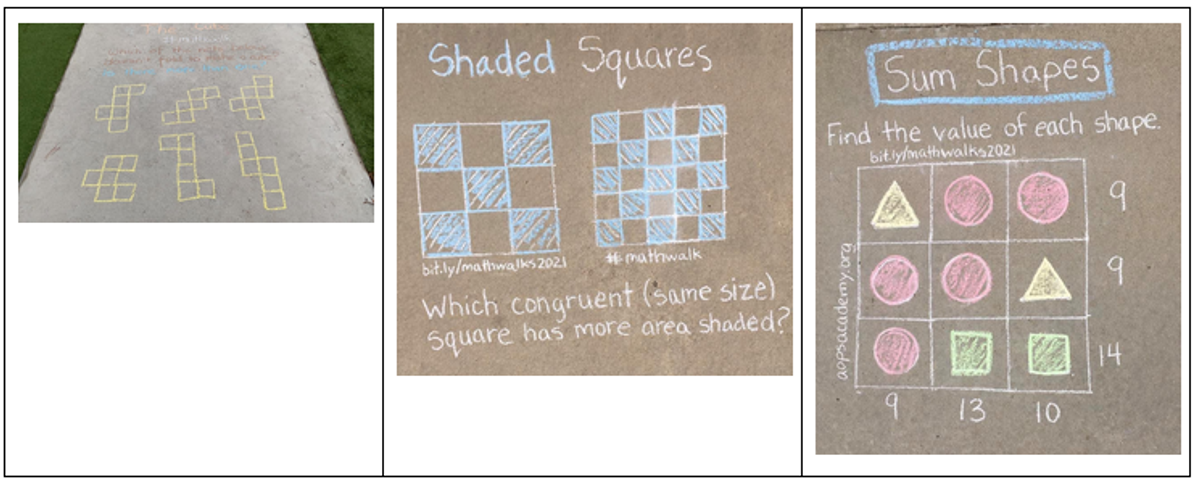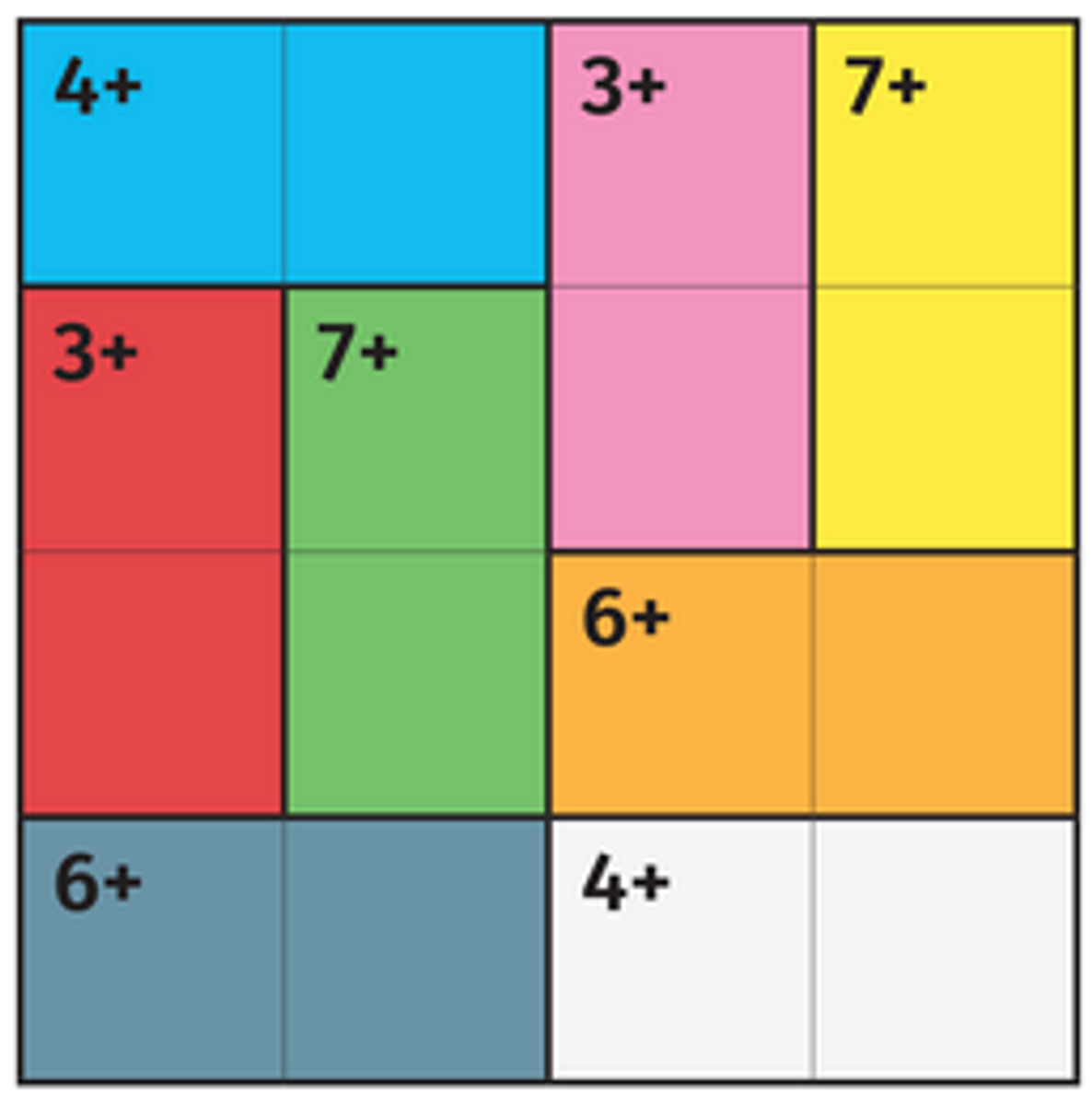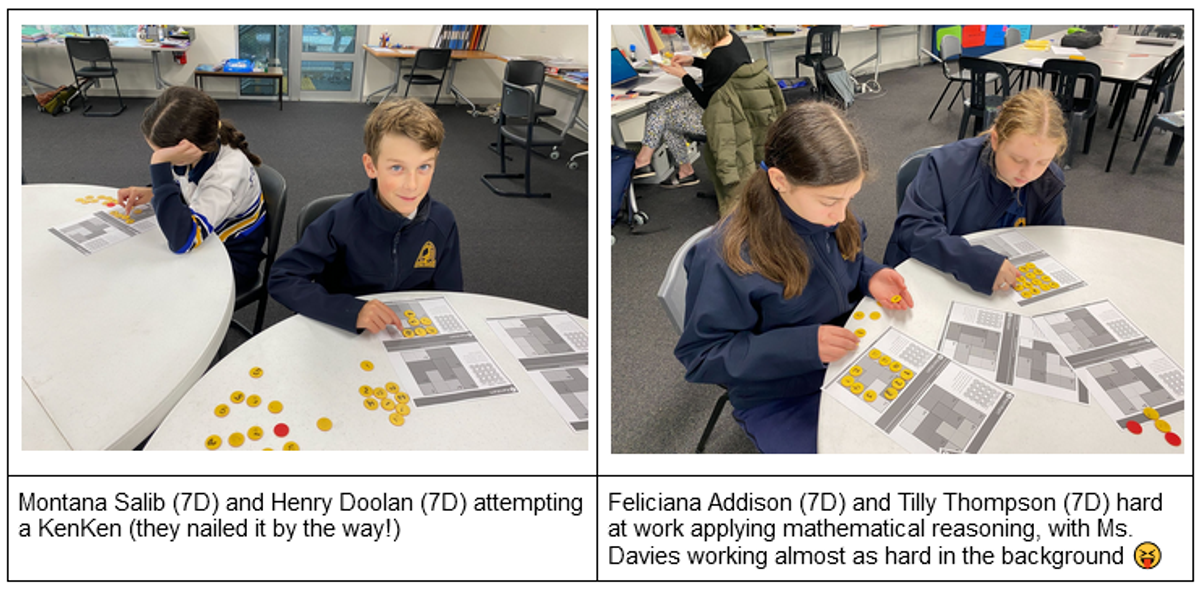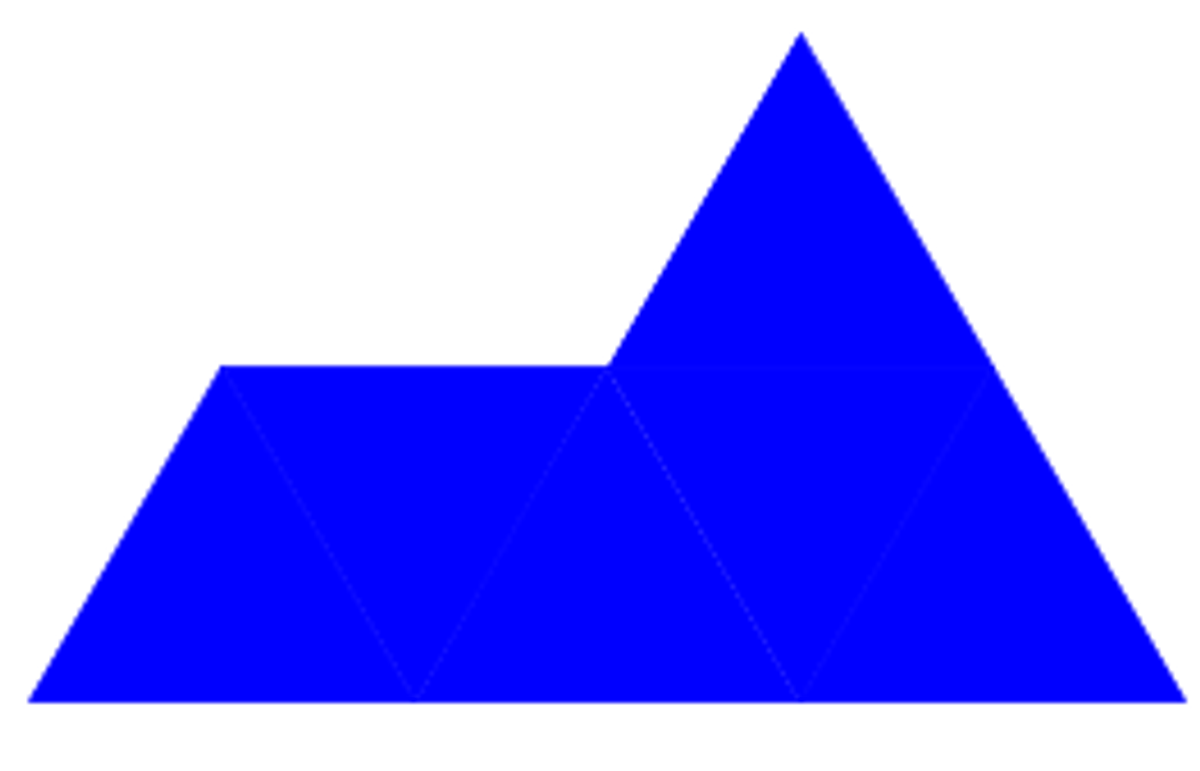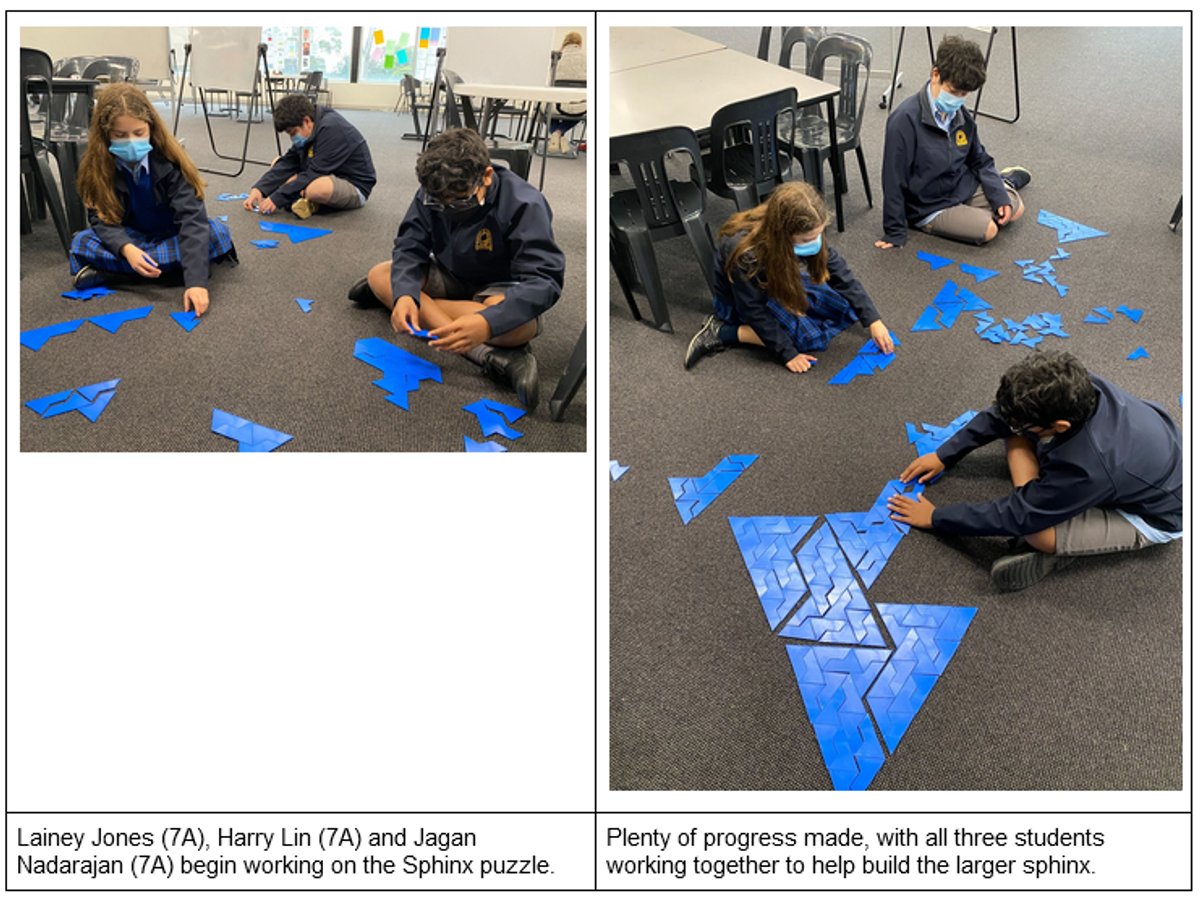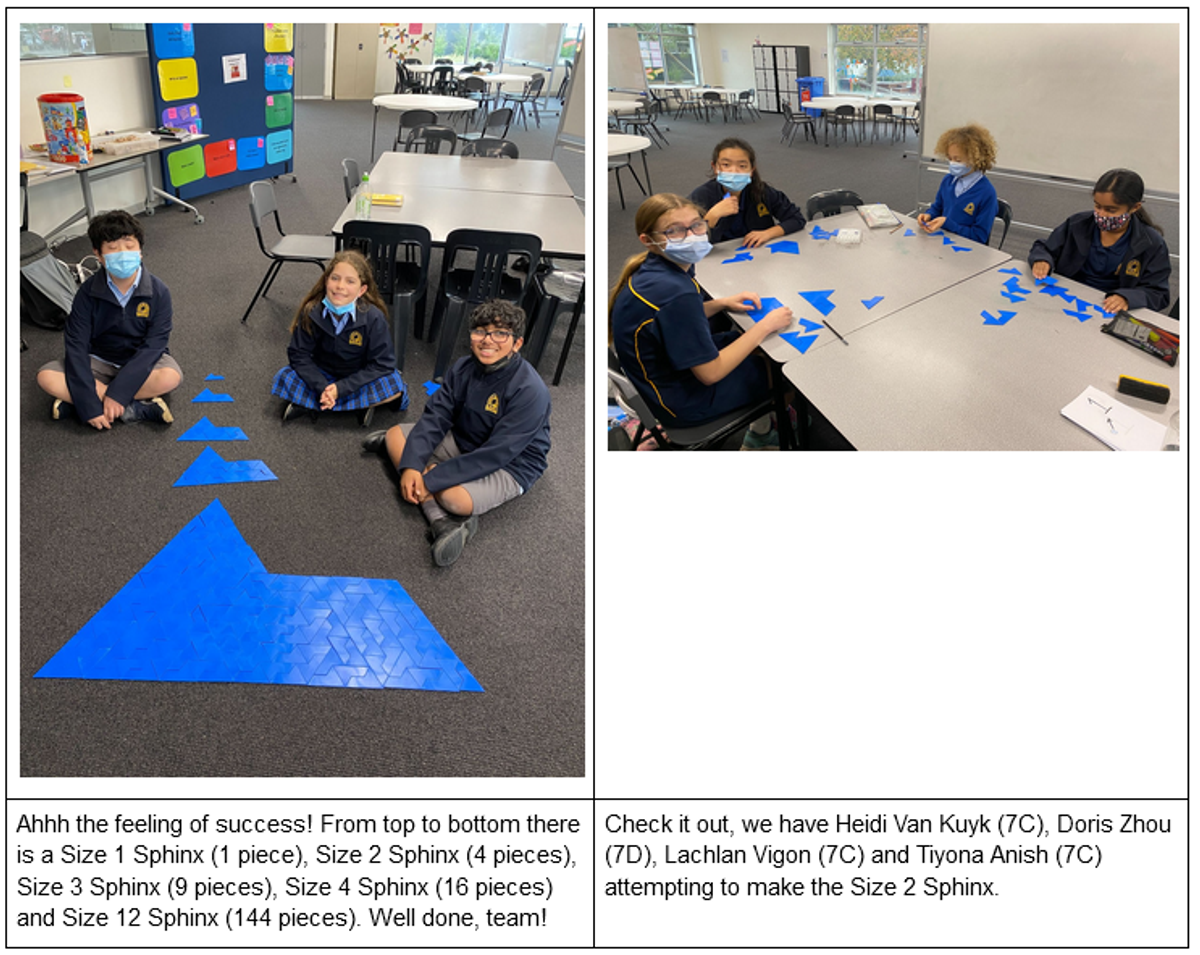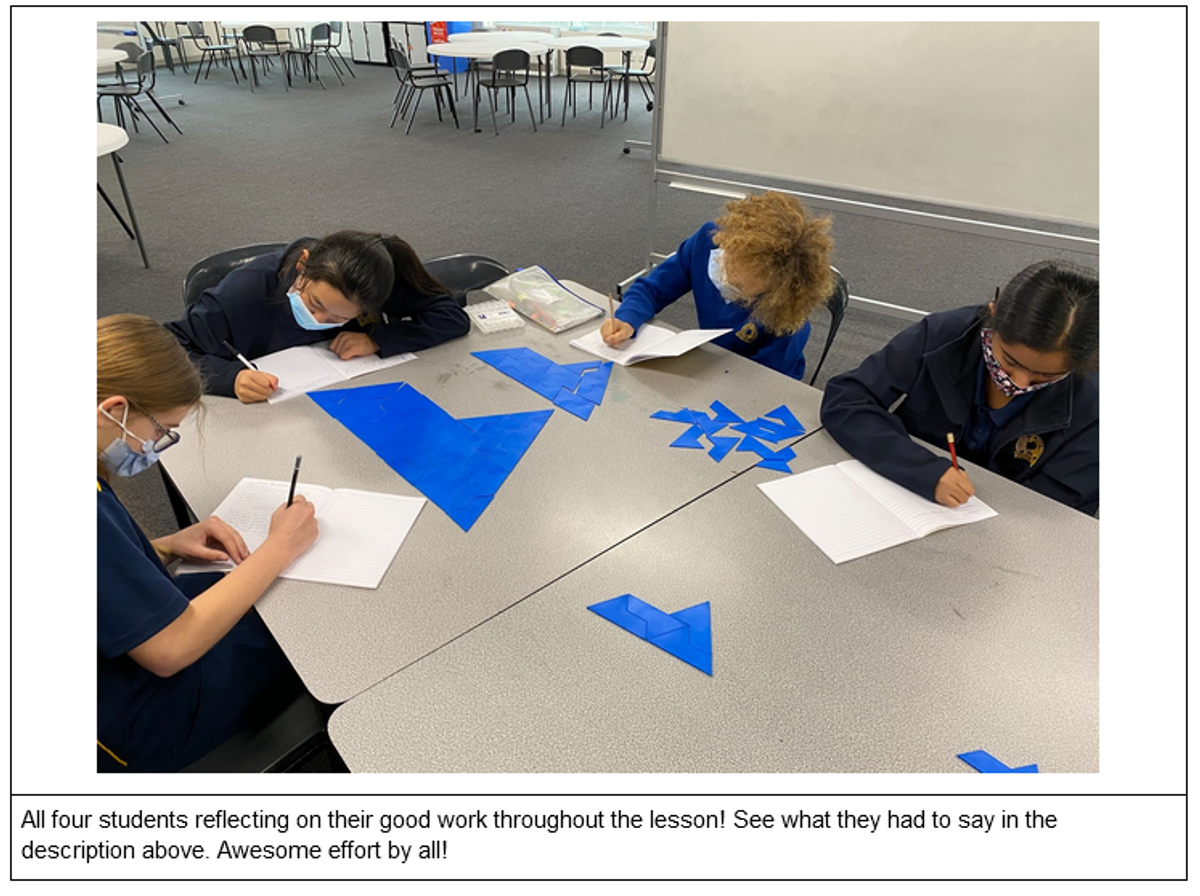Tutoring Program

Throughout 2021 a number of students have been involved in the Frankston High School Tutoring Program for both Literacy and Numeracy. In each newsletter, we aim to share some of the amazing work from our students, along with some of the fun and exciting ideas coming from the Tutoring Team.
Mathwalks
Have you been past the STEM Mezzanine building on a Thursday or Friday lately?
Why not come past and check out our Mathwalks! Every Thursday and Friday there will be an interesting problem drawn on the pavement to wet your appetite and get your brain ticking over. Check out some of these images and see if you can figure them out...
Math Challenge - KenKens
Have you come across these fun puzzles before?
They’re called KenKens and they are a much more interesting way to practice your Math facts than your typical times table races you might have done in the past. There is no need to race with these though, as it is all about taking your time to make sure each number is in the right place!
The rules are:
- No row or column can have repeated numbers (i.e. each row and column must include each of the numbers 1-4).
- There are cages (see coloured sections at right). Within each cage, the numbers must be used with the operation provided to give the answer shown (i.e. if it says 7+, the numbers in that cage must add to get 7).
Still unsure of the rules?
That is ok, it is challenging to understand them at first. Why not check out this video which gives a bit of a demonstration. If you like this puzzle, you can find a tonne of them ranging in difficulty by searching for KenKen on either Google or your App Store of choice.
Students attempting a KenKen
Student work
The shape shown is known as a Sphinx after the famous Ancient Egyptian Monument, the ‘Great Sphinx of Giza’.
At the end of last term, a number of students within the Numeracy Tutoring Program were given the challenge to use four of these pieces to build a larger sized Sphinx.
What started out as a simple little puzzle, quickly began to prove more and more challenging as students continued to apply scale factors, geometric transformations and algebraic reasoning to make larger and larger sized Sphinxes.
Here is what some of the Year 7 students had to say:
“Today we learnt about the Sphinx and scale factor. I found it challenging to make the larger ones, but to find the size you need to find the square root of how many pieces there are.” Lachlan Vigon (Year 7C)
“Today we learnt about the Sphinx. We learnt about reflections.” Tiyona Anish (Year 7C)
“Today we learnt about scale factor. Scale factor is the same shape that gets bigger or smaller. The amount of pieces is multiplied by itself to find the total of pieces used (S = x2). We also looked at rotation and reflection.” Heidi Van Kuyk (Year 7C)
“Today we used Sphinx to learn scale factors. We used the small version as a map to guide and help us make a bigger one.” Dorris Zhou (Year 7D)

